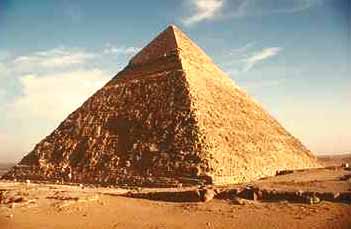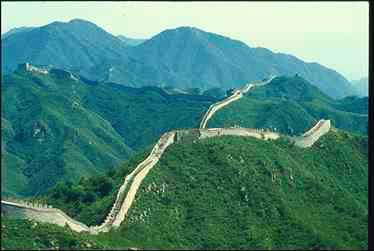 |
New Chronology
|
 |
The chronology of ancient and medieval history in its present form was created and completed to a considerable extent in a series of works during the 16th and 18th centuries, beginning with J.Scaliger (1540-1609), the "founder of modern chronological science" and D.Petavius (1583-1652). However, the series of these works is not entirely complete, since, as the well-known chronologist E.Bickerman observes, "there is no adequate, full-scale treatment of ancient chronology".
Chronology is what tells us how much time has elapsed between some historical event and the present. To determine real chronology, one must be able to translate the data in the ancient documents into the terminology and units of modern time reckoning. Many historical conclusions and interpretations depend upon what dates we ascribe to the events in a given ancient document. This problem is very complicated.
The accepted traditional chronology of ancient and medieval world rests on quite a snaky basis. For example, between different versions of the dating of such important event as the foundation of Rome, there exists a divergence 500 years long (T.Mommsen). Moreover: "falsification of numbers was here (regarding Valerias Antias) carried out down even to contemporary history... He (Alexander Polyhistor)... took the first steps towards filling up the five hundred years, which were wanting to bring the destruction of Troy and the origin of Rome into the chronological connection (as a matter of fact, according to another version of chronology, different from today's, Troy had fallen immediately the foundation of Rome, and not 500 years before it)... with one of those lists of kings without achievements which are unhappily familiar to the Egyptian and Greek chronicles; for, to all appearance, it was he that launched into the world the kings Aventinus and Tiberinus and the Alban gens of the Silvii whom the following times accordingly did not neglect to furnish in detail with name, period of reigning, and, for the sake of greater definitiveness, also a portrait" (T.Mommsen).
It is not surprising that certain skeptical minds have made dramatic conclusions from above-mentioned difficulties: de Arcilla, I.Newton, J.Hardouin, R.Baldauf, E.Johnson, N.A.Morozov and others. Thus, as early as the 16th c. A.D. Professor of Salamanca University de Arcilla published two papers in which he stated that the whole of history earlier than the 4th c.A.D. had been falsified.
|
Isaac Newton and N.A.Morozov
|
